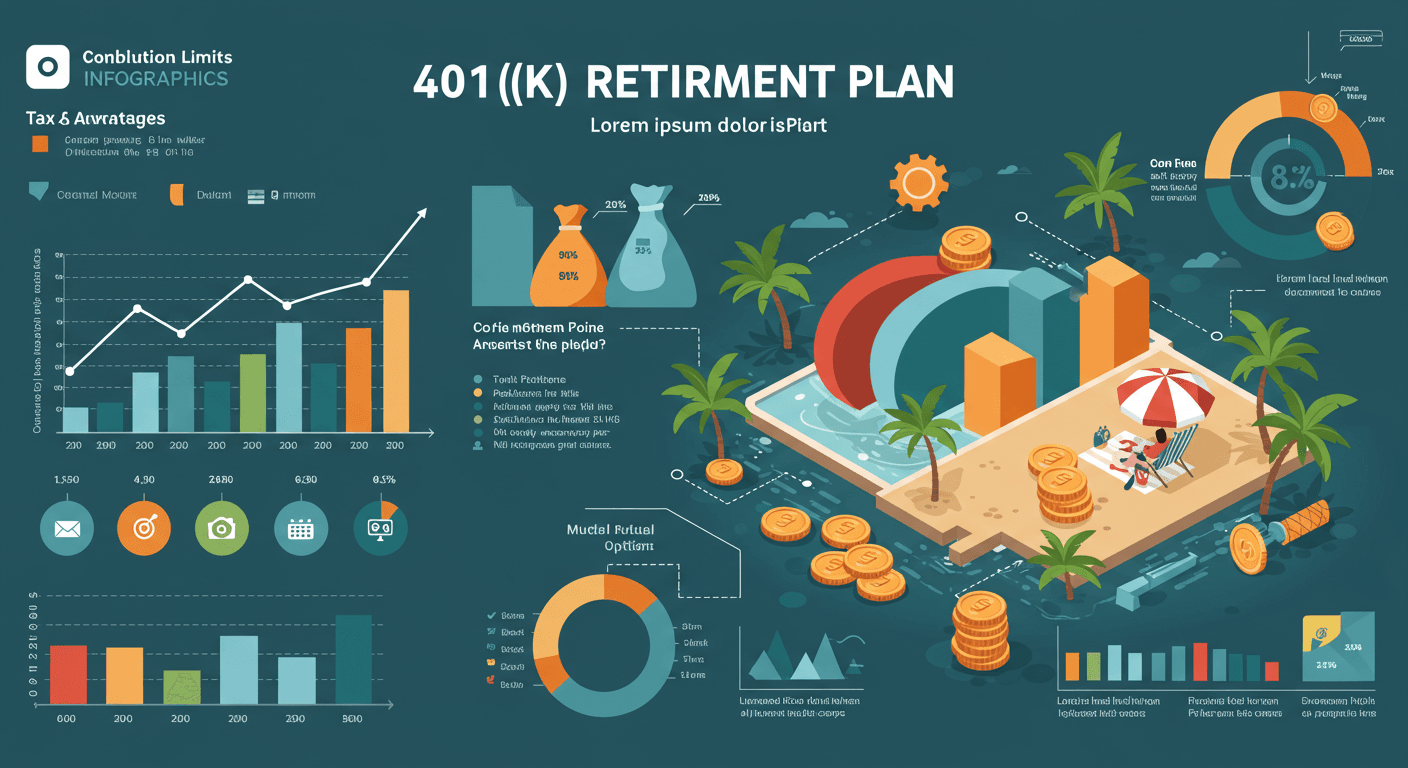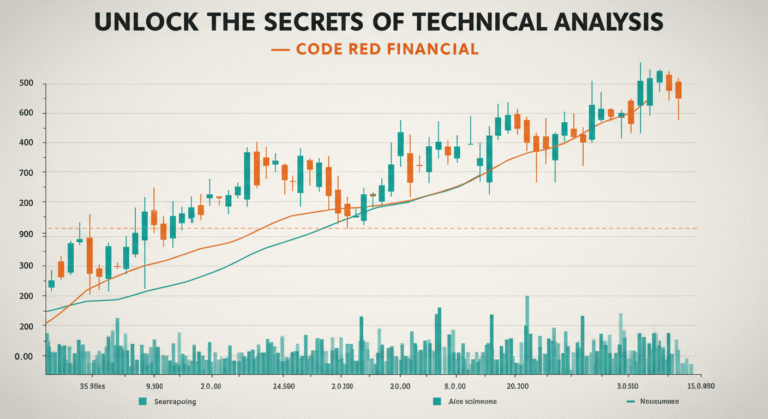
.
Unlocking Your Future:
Let’s be honest. When you landed your first “real” job, bursting with potential and maybe a little naivety, what were you really thinking about? Was it the intricacies of compound interest or the long-term implications of retirement savings? Probably not. More likely, you were eyeing that sweet first paycheck, dreaming of finally upgrading your phone, maybe putting a down payment on a slightly-less-than-reliable but cool-looking ride, or perhaps, just perhaps, funding an epic sneaker collection.
And who can blame you? Financial education is, tragically, the forgotten child of our schooling system. We learn algebra, dissect frogs, and analyze Shakespeare, but the critical, life-altering skill of managing our money, understanding investments, and building a secure future? Often, that’s left to chance, trial-and-error, or hurried explanations during HR onboarding that sound vaguely important but get lost in the excitement of a new role.
Like many, I entered the workforce utterly unfamiliar with the sheer, unadulterated power of a 401(k) and the magic word: “match.” Retirement felt like a concept reserved for people with grey hair and grandchildren, not for someone navigating the daily grind and figuring out how to pay rent and maybe treat themselves to dinner out. We’re busy living life now, chasing experiences, building our immediate world. Pondering what life looks like at 65 feels abstract, distant, almost irrelevant.
But here’s the truth, a truth I wish someone had sat me down and explained with the same urgency they used to warn me about plagiarism: That seemingly small deduction from your paycheck, coupled with a critical component from your employer, holds the key to unlocking significant long-term financial stability and building substantial wealth. And the most impactful piece of that puzzle? The employer match.
Now, before you start picturing me on a soapbox, wagging a finger about frivolous spending – because hey, enjoying the fruits of your labor is important too! – let’s pivot. Let’s move from personal anecdotes and relatable spending habits to the cold, hard, and incredibly motivating numbers. Let’s talk about why contributing to your 401(k), specifically enough to get the full employer match, isn’t just a good idea, it’s arguably the single easiest way to boost your net worth dramatically over time.
What Exactly is a 401(k), Anyway? (The Non-Boring Version)
Think of a 401(k) as a special savings account specifically designed for your retirement. It’s sponsored by your employer, and it offers some fantastic tax advantages. The money you contribute often comes out of your paycheck before taxes (in the case of a traditional 401(k)), lowering your taxable income now. The money in the account grows over time, ideally through investments you choose from options provided by your employer. And that growth? It’s tax-deferred, meaning you don’t pay taxes on the earnings until you withdraw the money in retirement. (There’s also the Roth 401(k), where contributions are after-tax, but qualified withdrawals in retirement are tax-free – another excellent option, but let’s focus on the match for now).
But the real superstar of the 401(k) world, the feature that turns it from a great savings tool into an absolute wealth-building powerhouse, is the employer match.
The Employer Match: Your Employer’s Gift to Your Future (Don’t Leave It Unwrapped!)
Okay, this is where things get exciting. The employer match is essentially free money. Your employer matches a portion of your contributions to your 401(k). It’s an incentive for you to save for retirement, and it’s a benefit you’ve earned.
How does it typically work? It varies from company to company, but a common structure is something like: “We will match 100% of your contributions up to 6% of your salary.”
Let’s break that down:
- If you contribute 0% of your salary, your employer contributes 0%. You get no match. You’re leaving free money on the table. Ouch.
- If you contribute 3% of your salary, and the match is 100% up to 6%, your employer also contributes 3% of your salary. Your total going into your 401(k) is 6% (your 3% + their 3%). You’ve doubled the immediate impact of your savings!
- If you contribute 6% of your salary, your employer contributes the full 6% match. Your total going into your 401(k) is 12% (your 6% + their 6%). You are now maximizing the free money your employer is offering.
- If you contribute 10% of your salary, and the match is 100% up to 6%, your employer still contributes 6%. Your total is 16% (your 10% + their 6%). While contributing more than the match is fantastic for building wealth, the immediate return on your contribution is highest up to the match limit.
See? It’s literally like getting an instant 100% return on the portion of your contribution that gets matched. No investment promises that kind of immediate, guaranteed return. Missing out on the match is like saying “no, thank you” to a bonus or a raise.
Why Timing and Consistency are Your Secret Weapons: The Magic of Compounding
So, you understand the match is free money. Great. But the true power of maximizing that match, especially early in your career, comes down to two things: time and compounding.
Compounding interest has been called the eighth wonder of the world, and for good reason. It’s the process where the earnings on your investments also start earning money. It’s like a snowball rolling downhill – it starts small, but it picks up speed and mass exponentially over time.
When you contribute to your 401(k), and your employer adds their match, that combined amount gets invested. Over time, those investments grow. And then the growth itself starts growing. The longer your money is invested, the more time compounding has to work its magic.
Starting early, even with seemingly small amounts, gives your money decades to grow. Delaying even by a few years can make a significant difference in the final outcome because you lose out on those crucial early years of compounding growth.
Now, let’s look at the data. Let’s see just how impactful consistently contributing, particularly enough to capture that 6% employer match, can be over 25 years compared to contributing less, and how different growth rates influence the final outcome.

The Numbers Don’t Lie: A 25-Year Breakdown Across Different Growth Scenarios
To illustrate the dramatic difference that consistently contributing, particularly enough to capture that 6% employer match, can make, let’s revisit our scenario. We’ll keep the same starting points but introduce a variable that significantly impacts long-term outcomes: the average annual investment growth rate.
- Starting Annual Salary: $75,000
- Average Annual Pay Raise: 3%
- Employer Match: 100% of your contribution, up to 6% of your salary.
- Time Horizon: 25 years
- Hypothetical Average Annual Investment Growth Rates: We will look at three possibilities: 6%, 8%, and 9%. These figures represent potential long-term averages for a diversified investment portfolio, acknowledging that actual returns will vary year-to-year and are never guaranteed.
We will still look at three scenarios based on your employee contribution rate:
- Scenario 1: Employee contributes 2% of salary
- Scenario 2: Employee contributes 4% of salary
- Scenario 3: Employee contributes 6% of salary (Maximizing the Match)
Let’s see how the projected account value grows over 25 years under each contribution scenario and across the different growth rates.
(Note: The following figures are simplified projections based on the stated assumptions. Real-world returns will fluctuate, contributions may change, and taxes will apply upon withdrawal in retirement. These are illustrative examples of the power of compounding and contributions.)
Recap of Annual Contributions:
Remember, thanks to the 100% employer match up to 6%, your total annual contribution (yours + your employer’s) will be double your contribution rate in these scenarios:
- 2% Employee Contribution: 4% of salary goes in annually (2% employee + 2% employer)
- 4% Employee Contribution: 8% of salary goes in annually (4% employee + 4% employer)
- 6% Employee Contribution: 12% of salary goes in annually (6% employee + 6% employer)
Your salary, and therefore the dollar amount of these contributions, will also grow by 3% each year.
Now, let’s look at the projected ending balances after 25 years:
| Employee Contribution Rate | Total Annual Contribution (Employee + Match) | Projected Account Value @ 6% Avg Growth | Projected Account Value @ 8% Avg Growth | Projected Account Value @ 9% Avg Growth |
|---|---|---|---|---|
| 2% | 4% of salary | Approximately $355,000 | Approximately $440,000 | Approximately $485,000 |
| 4% | 8% of salary | Approximately $710,000 | Approximately $880,000 | Approximately $970,000 |
| 6% | 12% of salary | Approximately $1,065,000 | Approximately $1,320,000 | Approximately $1,455,000 |
Export to Sheets
(These values are rounded to the nearest $5,000-$10,000 for clarity, reflecting the approximate ranges calculated.)
Let’s unpack what these numbers are telling us.
First, look across the rows (different growth rates for the same contribution level):
Notice how sensitive the final amount is to the average growth rate, especially over 25 years.
- At the 6% contribution level (getting the full 6% match, for a total of 12% going in), the difference between averaging 6% growth and 9% growth over 25 years is roughly $1.45 million – $1.06 million = $390,000!
- This highlights the importance of long-term investing; even seemingly small differences in average annual returns compound into very large sums over decades. It also underscores why understanding investment options within your 401(k) is valuable.
Second, and arguably more critically for the point of this article, look down the columns (different contribution levels at the same growth rate):
This is where the power of the employer match truly shines. Let’s focus on the 8% growth rate scenario as it’s a commonly used moderate assumption:
- Contributing 2% (getting only a 2% match, 4% total) results in ~$440,000.
- Contributing 4% (getting a 4% match, 8% total) results in ~$880,000. That’s double the amount from contributing only 2%!
- Contributing 6% (getting the full 6% match, 12% total) results in ~$1,320,000. That’s three times the amount from contributing only 2%!
The difference between contributing just 2% (leaving 4% of the potential match on the table) and contributing the full 6% (capturing the entire 6% match) is roughly $1.32 million – $440,000 = $880,000 in this 8% growth scenario.
Even at the lower 6% growth rate, the difference between contributing 2% and 6% is still a staggering $1.06 million – $355,000 = $705,000!
This isn’t just about saving your money; it’s about consistently capturing your employer’s money and letting that combined, larger sum work harder for you through the power of compounding over time. The “free money” from the match doesn’t just add to your principal; it starts earning returns itself, which then earn returns, and so on.
Think back to those early career aspirations – the watches, the phones, the cars. While enjoying life is essential, imagine the alternative reality where, instead of spending that extra 4% of your salary, you directed it to your 401(k) and unlocked an equivalent amount from your employer. That decision, compounded over 25 years, could represent the difference between a modest retirement fund and becoming a millionaire (or a multi-millionaire at higher growth rates and longer time horizons).
It vividly demonstrates that prioritizing contributions up to the employer match is the foundational step in leveraging your company’s benefits to build significant personal wealth. It’s a guaranteed initial return on that matched portion of your contribution (100%!) before any investment growth even happens.

It’s More Attainable Than You Think (Still!)
Understanding these numbers makes the effort to reach that 6% contribution rate feel a lot less like a sacrifice and a lot more like an incredibly intelligent financial maneuver. Yes, finding an extra 2% or 4% of your salary to save requires discipline. But when you frame it against potentially hundreds of thousands, or even over a million dollars more in retirement, the short-term adjustment seems incredibly worthwhile.
Remember the strategy: if jumping straight to 6% feels impossible, increase your contribution by 1% or 2% every six months or, better yet, automate the increase to coincide with your annual pay raise. You’ll gradually reach the target, and the boost in your take-home pay from the raise will help offset the increased contribution.
Actionable Steps You Can Take Today
Feeling motivated? Good. Here’s what you can do right now to take control of your financial future:
- Find Out Your Employer’s 401(k) Match Policy: This is step one. Don’t guess. Log in to your HR portal, check your benefits documents, or ask your HR representative. Understand exactly how the match works (e.g., 100% up to 6%, or maybe 50% up to 8%, etc.) and if there’s a vesting schedule (how long you have to stay with the company for the employer’s contributions to become fully yours).
- Check Your Current Contribution Rate: Log in to your 401(k) provider’s website and see what percentage of your salary you are currently contributing.
- Calculate What You Need to Contribute to Get the Full Match: Based on steps 1 and 2, figure out the percentage you need to contribute to unlock every dollar of free money your employer offers.
- Make a Plan to Reach the Match Maximum:
- If you’re already contributing enough for the match, congratulations! Consider if you can contribute even more towards the annual IRS limit.
- If you’re not contributing enough, commit to increasing your contribution. Can you jump straight to the match percentage? If not, can you increase it by 1% or 2% every few months? Or, automate an increase to coincide with your next pay raise.
- Log In and Increase Your Contribution: This is easier than you think. Most 401(k) providers have user-friendly websites where you can change your contribution percentage in just a few clicks.
- Review Your Investment Choices (Optional but Recommended): While getting the match is the priority, take some time to understand where your money is invested within the 401(k). Are you in an age-appropriate target-date fund? Or are your investments allocated in a way that aligns with your risk tolerance and time horizon? Most providers offer resources to help you understand your options.
Beyond the Match: Continuing Your Wealth-Building Journey
Once you’ve conquered the employer match, don’t stop there if your budget allows. The IRS sets annual limits on how much you can contribute to a 401(k) ($23,000 in 2024 for those under 50). Contributing more than the match further accelerates your wealth building through tax advantages and compounding.
Think of the match as the absolute minimum target. Reaching and exceeding it, as your income grows and your financial situation becomes more stable, will put you on an even faster track to financial independence.
The Bottom Line
The lack of financial education is a hurdle many of us face. We’re often left to figure out crucial financial concepts like the power of a 401(k) and the employer match on our own. But understanding this one concept – that your employer is likely offering you free money to save for retirement, and not taking it is a significant financial misstep – can fundamentally change your long-term financial outlook.
Our examples clearly show that the difference between a modest contribution and one that maximizes the employer match can be the difference between a projected few hundred thousand dollars and well over a million dollars over a 25-year career, even with varied market growth. That’s life-changing wealth.
So, ignore the noise about the latest gadgets or depreciating assets for just a moment. Log in to your 401(k) account. Find out your employer’s match. And make a plan, starting today, to capture every single dollar of that free money. Your future self will thank you – profusely. It’s not about being preachy; it’s about being prepared. And the time to start preparing is now.
Disclaimer: This article is for informational purposes only and does not constitute financial or investment advice. Consult with a qualified 1 financial advisor or tax professional before making any decisions about your investments or retirement accounts.




